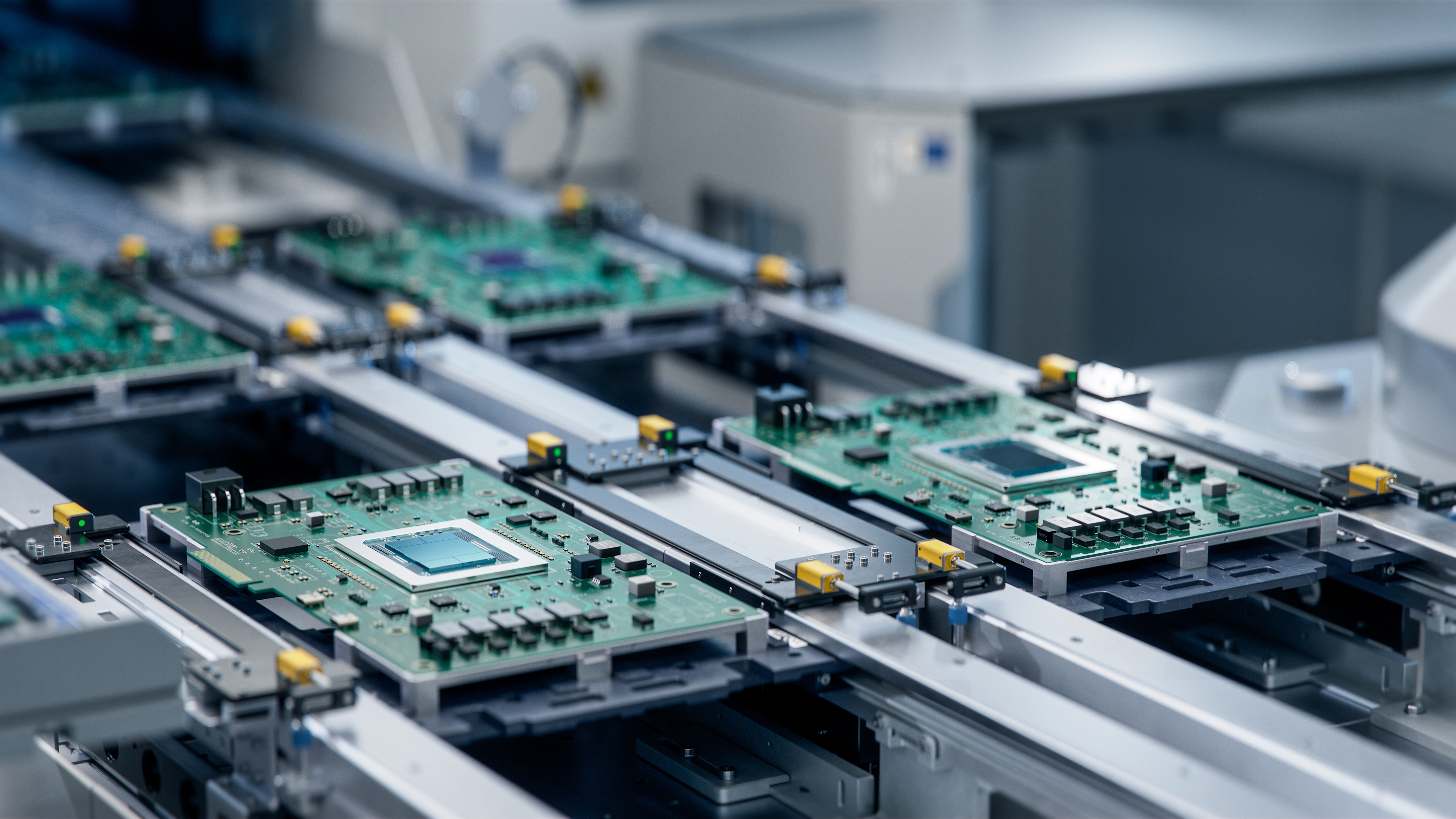What is the difference between industrial displays and regular displays
There are significant differences between industrial displays and ordinary displays, mainly reflected in the following aspects:

1、 Design and Construction
Shell and Material:
Industrial display: The shell design generally adopts a full steel design, and the panel is divided into different materials such as ordinary iron plate, stainless steel, stainless steel, aluminum panel, etc., with special designs for dust prevention and shock resistance.
Ordinary monitor: The shell material is generally made of plastic, which has weak dust and shock resistance.
Installation method:
Industrial displays: There are various installation methods, including open, embedded, rack mounted, inverted, and wall mounted, to adapt to different industrial environments and needs.
Ordinary monitor: The installation method is relatively simple, usually placed on the desktop or hung on the wall, lacking the flexibility and diversity of industrial monitors.
2、 Performance and stability
Job stability:
Industrial display: It requires 24-hour, 365 day uninterrupted operation and can operate stably in harsh environments such as high temperature, high humidity, and low temperature.
Ordinary monitor: It usually only works for a few hours a day and has high requirements for the working environment, making it impossible to operate stably for a long time in harsh environments.
Component performance:
Industrial displays: The components used have higher performance requirements in terms of voltage resistance, current, humidity, high and low temperatures to ensure stable operation in harsh environments.
Ordinary displays: The performance requirements for components are relatively low and usually only meet the needs of daily use.
3、 Display effect
Contrast and brightness:
Industrial display: A display screen with high contrast and brightness to meet the needs of viewing under different lighting conditions. For example, in medical, industrial, and equipment applications, the required brightness should be at least 450 cd/m ².
Ordinary monitor: The contrast and brightness are relatively low, usually only meeting the needs of daily indoor use.
Perspective and Color:
Industrial display: It has a wider viewing angle and richer color reproduction to meet the viewing needs in multiple angles and complex lighting conditions.
Ordinary display: The viewing angle and color reproduction are relatively limited, usually only meeting the needs of single person frontal viewing.
4、 Service life and maintenance
Backlight lifespan:
Industrial displays: The backlight lifespan is usually required to be over 5W hours, with longer ones reaching 7W or 10W hours to meet the needs of long-term operation.
Ordinary monitor: The backlight life is relatively short, usually up to 3W hours, after which the screen backlight will gradually age.
Supply cycle and maintenance:
Industrial displays: The supply cycle is relatively long, usually over three years or even longer, to ensure that users can use them stably for a long time.
Ordinary monitors: The supply cycle is relatively short, usually around six months to one year, with rapid updates and replacements, which may lead to users facing the risk of production stoppage or out of stock during use.
In summary, there are significant differences between industrial displays and ordinary displays in terms of design and construction, performance and stability, display effects, as well as service life and maintenance. These differences make industrial displays more suitable for long-term stable operation in harsh environments, while ordinary displays are more suitable for daily home or office use.